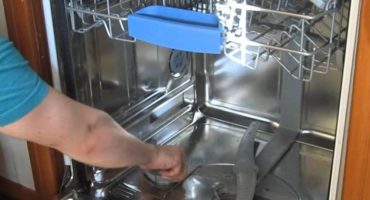The final cycle of the dishwasher program is the drying of the dishes themselves. It so happens that your “dishwasher” has completed its work, and you open the door and see the dishes are not dried and may still be dirty. The problem is common, but it is not so critical. The situation is unpleasant, but such damage to the wizard can be eliminated quickly enough, either by replacing some elements, or by making repairs on the spot. You can try to figure out the problem yourself without involving professionals. Let’s try to understand this problem more carefully. So, why doesn’t the dishwasher dry the dishes?
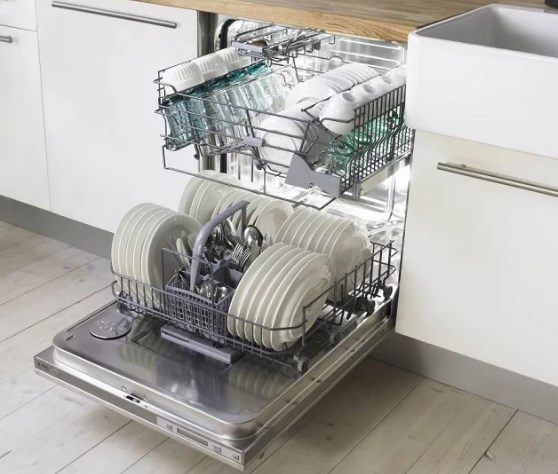
Major breakdowns
There are two common problems with a dishwasher, from which the dishes remain wet after washing. Breakdowns depend from the built-in type of drying in cars, eg:
- the condensation type of drying may not evaporate water from the dishes;
- turbosushka - hot air is pumped onto the dishes; here, it is possible a malfunction or a complete breakdown of the heater.

In both cases, the dishes remain wet. But with condensation drying, the program can fully function, and droplets of water remain on the dishes, most often on metal utensils - pots, pans, spoons. To understand why this happens, you need to know the principle of condensation drying, it is far from ideal. After the washing stage, the drying program is started and all the dishes are washed with hot water, which should evaporate, which, in principle, happens, but the vapor evaporates, first of all, on the metal internal parts of the unit, including the dishes. Specialists call “dishwashers” with this type of drying natural, the simplest and cheapest. If you have such a dishwasher, then you can only put up with it. Recommendations of the masters regarding the operation of dishwashers:
After the washing phase, open the car door, and also do not leave the washed utensils for a long time inside the tank so that condensate does not have time to settle.
A more serious breakdown is when the dishes after washing remained not only wet, but also dirty. In this case, the temperature sensor may be malfunctioning or the relay of the control module malfunctioning, but most often, this is a breakdown of the heater, the function of which is to heat the water for washing dishes. Damage to ten is one of the most common reasons - why your dishwasher does not dry the dishes. To verify this, do a self-diagnosis. Disconnect the heater and check it with a multimeter, if there is a gap, the tester will detect this. This problem can be both identified independently and solved by buying a new heater and installing it on the machine. In case of malfunction of the temperature sensor or timer, appropriate experience is necessary, since it is necessary to find the sequence of the chain of contacts going from the timer to the heater. In this case, if there is no skill, it is better to contact the master.

More expensive dishwashers are models with a built-in fan that blows hot dishes through the hot air. These dishwashers are considered more reliable and efficient in use, but they also break down. In a dishwasher with a turbo dryer, a fan, heater or thermal sensor may fail. Dishes after washing with these breakdowns remain wet and dirty.
How to replace failed items in a dishwasher?
Failure of the heating element, the temperature sensor are subject to complete replacement, it also happens that the fan, with the models of units with turbo-drying, the same is replaced.Having diagnosed the heater, and it is often located at the bottom of the dishwasher, making sure that only by replacing this element your dishwasher can again function normally, we buy an original heater. You can quickly get to the heater by removing the bottom cover on the dishwasher.
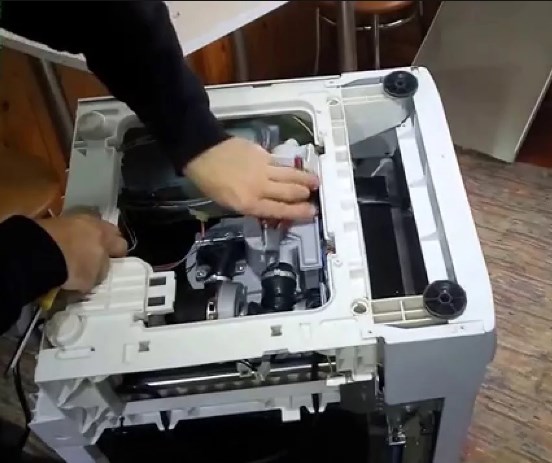
The operability of the temperature sensor can also be determined as follows. If, when removing a heating element, its full working capacity is detected, then cause dishwasher breakdown most likely in the temperature sensor. Its function is to regulate the ten's operation. Commands from the temperature sensor to the heater, including for drying dishes. If such a command does not arrive, then the heating element does not heat up, the drying program does not turn on and, often, it is on this cycle that the dishwashing process stops completely. The temperature sensor is installed in the hole of the chamber - the catchment. In more modern models, there may also be a sensor showing the purity of water. They are different, so it is impossible to confuse them. First, wires are removed from the temperature sensor, and then the device itself is removed. The new item is installed in the reverse order.
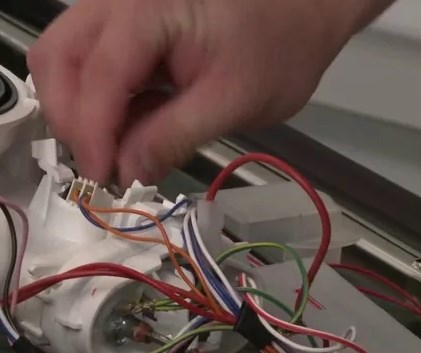
If you have a Korean dishwasher LG, then note that the temperature sensor in these models is located at the base of the heater.
A common cause of dishwasher breakdowns become a faulty relay. This item is located on the control board. In built-in and freestanding dishwashers, the control module is located in the door. After removing the control module, you can see the relay, soldering the contacts, remove it. If there is no confidence or no experience at all in such work, then it is better to contact professionals, especially since the relay replacement service is an inexpensive repair.
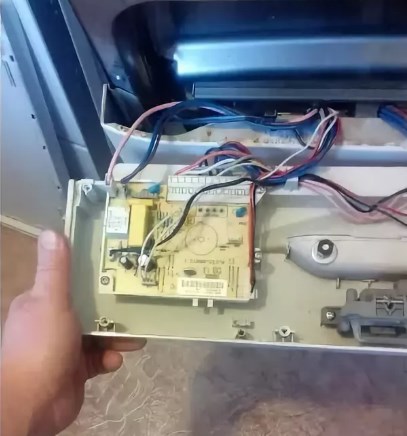
The fan also often becomes an element of replacement in dishwashers. Machine manufacturers install it in different places, so there is no clear instruction on how to replace it. You can determine its performance by the characteristic sound during the drying cycle, if it suddenly died, then this is the most likely reason - why your dishwasher does not dry dishes well. As a rule, in models with a turbo dryer, when replacing a fan, you have to disassemble almost the entire device.
If there is no skill, contact a specialist, because he will do the work for sure and quite quickly. Keep in mind that when repairing a dishwasher yourself without the relevant experience, you can do even more harm, even to the point of having to buy a new dishwasher.
In the article on the site, you can also find out what e09 means on the dishwasher display.

